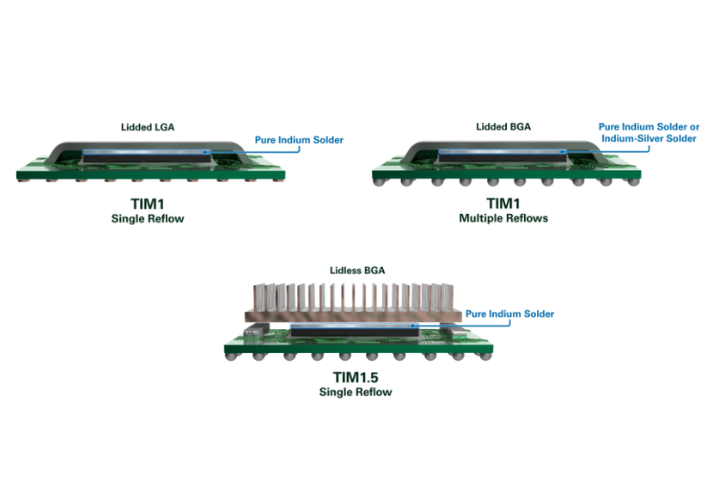The junction temperature in an LED (the p-n junction temperature) is most critical to consider for LED cooling.If this temperature rises above the prescribed level recommended by the LED manufacturer, the lifetime of the LED as well as its intensity and color may be affected.
As with most electronic systems, the LED assembly location where the highest temperatures are reached is the junction temperature.Many thermal management materials may be used to control this temperature, such as heat pipes or metal core boards, but each of these carry their own thermal resistance.An optimal cooling design is one which includes the lowest sum of thermal resistances for the system.
Ideally, no one thermal management material will be a bottle neck for thermal dissipation, however the materials closest to the heat source are most critical.High performance thermal management materials should be considered here.If the highest resistance measured is at the interface junction, the junction temperature will be raised more than if the bottleneck in resistance were at any other location.
There are various types of LED assemblies, but a typical high power LED is depicted here.In this type of assembly, implementation of high performance thermal management materials would be most critical in the die attach material,heat sinkslug, and solder as these are closest to the heat source and will have the greatest impact on dissipating the heat away from the p-n junction.



